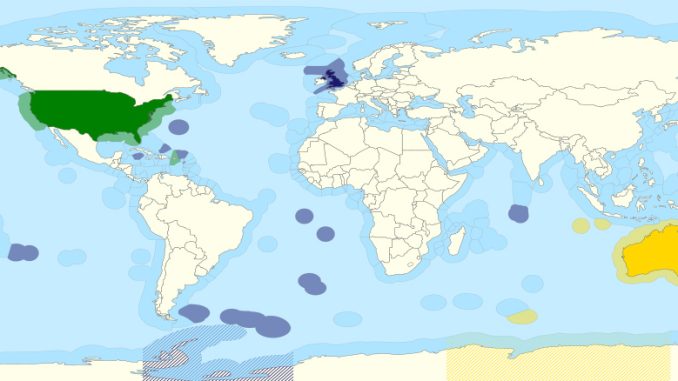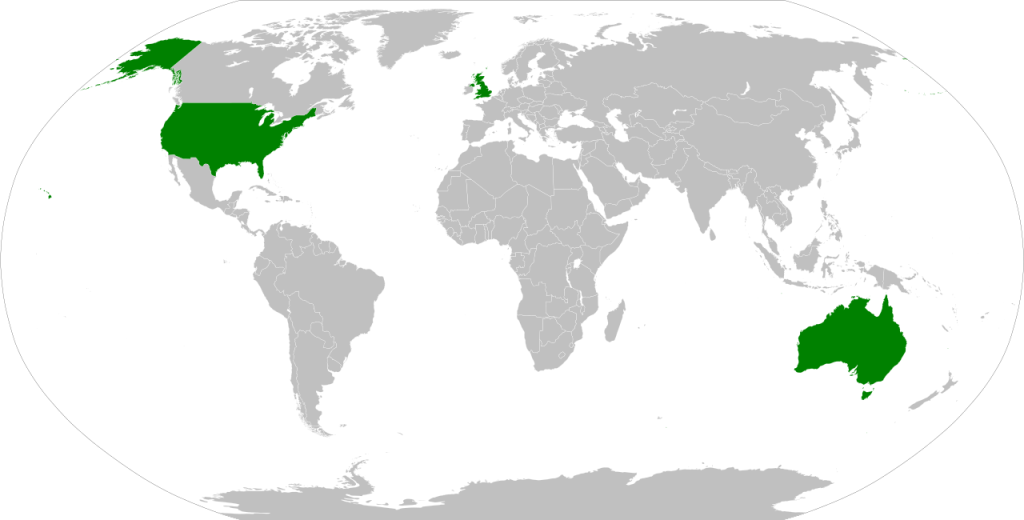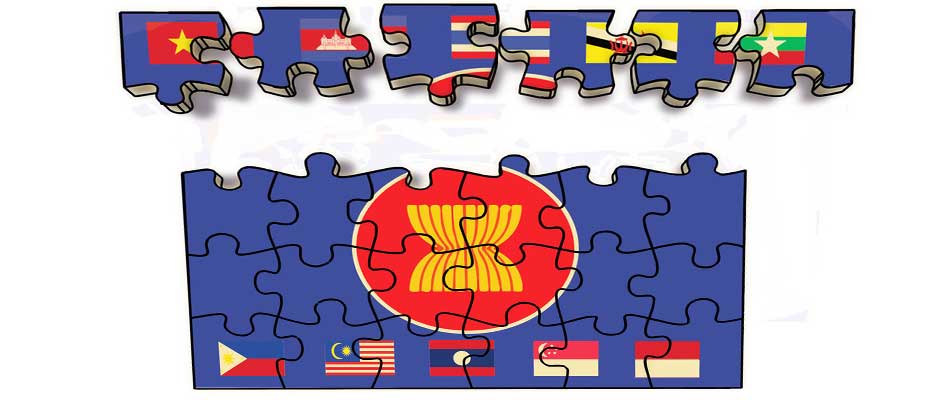
“ASEAN Centrality” is the rallying cry of those in Southeast Asia who wish to portray themselves as having agency; that is, that they are in control of their own affairs. One can be forgiven for thinking that this slogan represents the essential nature of Southeast Asia as a region, one where the common ties of each of its constituents naturally places ASEAN at the focal point of its individual national policy. Upon closer inspection, however, we can see that this is far from the case. Despite protestations to the contrary, ASEAN—from its outset—was neither an internally coherent driver nor inevitable product of a Southeast Asian sense of regional-ness. As Amitav Acharya puts it “one suspects that its emergence had more to do with the dynamics of Great Power relationships than with any projection of ASEAN’s internal unity or identity.” 1 Such a sentiment suggests that ASEAN Centrality is concerned with how ten smaller countries can ‘stick together’ in today’s tumultuous period of geopolitics. Perhaps here Acharya is being too generous. Hoang Thi Ha reminds us that even in the field of regional security, “ASEAN member states have yet to reach a coherent view on the Indo-Pacific. They remain ambivalent about the Indo-Pacific to different degrees due to the concept’s malleability and external pressures…” 2
The recent announcement of AUKUS, the far-reaching security arrangement made between Australia, the United Kingdom, and the United States, illustrates keenly how hollow the cries of ASEAN centrality actually are. ASEAN is far from central to its member states’ strategic thinking. What is more, ASEAN is likewise not a major consideration of the other important actors in the region.
What is AUKUS?
The announcement of the AUKUS arrangement comes at a critical time. China has backed up its bold (some might say aggressive) foreign policy stance by building the largest navy in the world. At the same time, the United States is struggling to decide on its fleet mix, as Washington switches its priorities toward competing with China for regional, if not global, hegemony. There is no place that highlights the geostrategic realities of such great power rivalry as the waters of the newly christened Indo-Pacific mega-region. AUKUS represents an important international security signal to China: it will allow Australia to acquire nuclear propulsion submarines. While such boats would be expensive, they would provide a greatly enhanced range, enabling the Royal Australian Navy to patrol for longer—and potentially for farther—than any conventionally powered submarines would allow. This will, once delivered in the late 2030s, represent an increase in the ability to contain the Chinese navy. There are other, more immediate and potentially more important aspects of the AUKUS arrangement, too. There is a possibility that the United States Navy will base some of its existing nuclear submarines on Australia’s west coast. Moreover, the deal represents a wider commitment to the development of joint capabilities and technology sharing, collaboration between all three nations on hypersonic weapons, artificial intelligence, underwater surveillance and detection systems, and elements of cybersecurity, including quantum computing. 3

What does this mean for ASEAN? If nothing else, it represents a potential increase in military activity in their neighbourhood, one that could lead to out and out conflict between China and the West. Moreover, it illustrates that significant changes can take place in the ‘regional security architecture’ without any involvement of ASEAN at all. Despite optimism that the ASEAN Regional Forum “could become an effective consultative Asia-Pacific Forum for promoting open dialogue on political and security cooperation in the region,” 4 two of its key participants (Australia and the United States) moved forward with the AUKUS deal without any consultation with their erstwhile partners. What is even more damning is that rather than ASEAN states meeting to discuss this matter collectively at least one member state declared that “[w]e need to get the views from the leadership of China” before acting. 5 So much for ASEAN Centrality.
ASEAN’s reaction reveals their true agency
It would appear, then, that despite slogans implying the contrary, ASEAN has little agency when it comes to the regional security of the Indo-Pacific. The sociologist Anthony Giddens makes it clear that “[a]gency refers not to the intentions people have in doing things but to their capability of doing those things in the first place.” 6 Moreover, his test of agency revolves around asking ‘Could the actor have acted differently?’. If the answer is no—if they were powerless in the particular situation—then they had no agency. This certainly appears to be the case for ASEAN with regards to AUKUS. Indeed, it seems that it is China that has sought to consult with Southeast Asian countries following the announcement. 7 What is telling about this diplomatic effort is that it was done on a bilateral basis; it did not involve ASEAN, either. So much for ASEAN Centrality.
What is to be done?
Despite the centrality of ‘ASEAN Centrality’ in the formal regional discourse in Southeast Asia, the reality is entirely different. At least when it comes to security, ASEAN is a peripheral concern: neither its member states nor other regional actors give it pride of place. For its ten constituent countries, this means that either they revitalize their commitment to their grouping, or face up to the fact that they are stuck in the middle of intensified great power rivalry that holds the power to affect them, even if they have no say in the matter.
Christopher Ankersen
Christopher Ankersen, PhD, is a Clinical Professor at New York University’s Center for Global Affairs and a Senior Research Fellow at the German-Southeast Asian Center of Excellence for Public Policy and Good Governance (CPG), Faculty of Law, Thammasat University, Thailand.
Banner image: Territories and territorial waters of Australia (yellow), the United Kingdom (blue), and the United States (green), including the respective Antarctic claims of Australia and the UK. Wikipedia Commons
Notes:
- mitav Acharya, “The Myth of ASEAN Centrality?,” Contemporary Southeast Asia: A Journal of International and Strategic Affairs, 39.2 (August 2017): 274. ↩
- Hoang Thi Ha, “ASEAN Navigates between Indo-Pacific Polemics and Potentials,” ISEAS Perspective, 49 (April 2021): 1. ↩
- United Kingdom Office of the Prime Minister, “UK, US AND Australia launch new security partnership,” 15 September 2021. https://www.gov.uk/government/news/uk-us-and-australia-launch-new-security-partnership; accessed 26 September 2021. ↩
- Association of Southeast Asian Nations, “ASEAN Regional Forum,” https://aseanregionalforum.asean.org/about-arf/; accessed 26 September 2021. ↩
- Reuters, “Malaysia to seek China’s view on Australia’s nuclear sub pact,” September 22, 2021, https://www.reuters.com/world/asia-pacific/malaysia-seek-chinas-view-australias-nuclear-sub-pact-2021-09-22/; accessed September 26, 2021. ↩
- Anthony Giddens, The Constitution of Society: Outline of the Theory of Structuration. (University of California Press, 1984): 9. ↩
- Laura Zhou “China seeks support from Southeast Asia after US, Britain and Australia unveil new security pact,” South China Morning Post. September 25, 2021. https://www.scmp.com/news/china/diplomacy/article/3150023/china-seeks-support-southeast-asia-after-us-britain-and; accessed September 26, 2021. ↩

